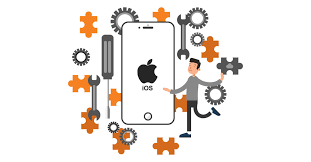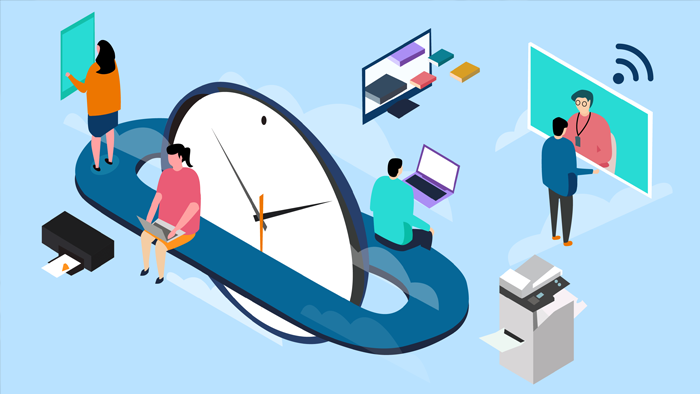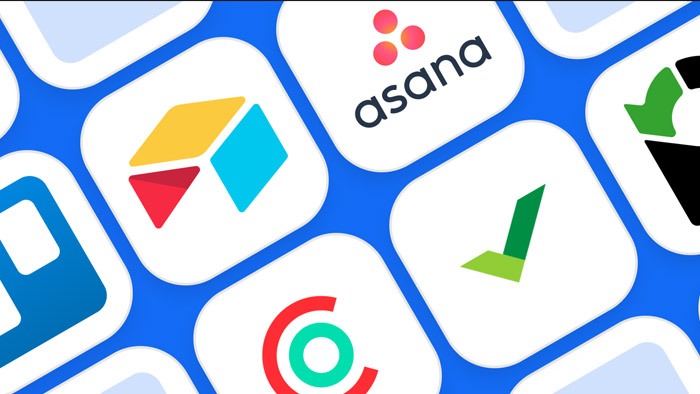
The world is shrinking and distance is no longer much of an object for the cutting edge business, particularly when it comes to conducting meetings and disseminating information. But the tools we use to conduct our long-distance communications are evolving at a breathtaking place and with new technologies like webinars, webcasts, videoconferences and VoIP instant meetings, to mention just a few, it can be a challenge to know exactly which collaboration tool to use for which occasion.
This article outlines five of the most widely used and effective online communication technologies:
Audio Conferencing
An audio conference, sometimes referred to as an ATC or audio teleconference, is really the minimum technology a modern, collaborative business can get away with and for us businesswomen it can be a bit frustrating. Do you remember the old three-way calling set-up (some of you may recall having to hit the recall button and dialling a second number to bring a third party into a call)? Well, ATCs are a step further along that road, with multiple people able to speak to one another simultaneously.

But the businesswoman often uses more than speaking and listening to communicate (and some ATCs are set up to only allow one party to do the talking).
How do we fully utilise our sophisticated EQ skills, honed through years of engaging in office politics?
Video Conferencing
VCs, videoconferences or videoteleconferences add that all important visual element to the mix. Now, socially attuned women - i.e. women - can pick up on those subtle messages that tell the real story behind our colleagues' reports. In VC meetings, we can scrutinise each and every worry line, bead of sweat and confident smile in increasingly high definition to maximise our awareness of the group dynamic and adjust our own contribution as needed.
Videoconferences can be point-to-point, for example between computers in different offices, or multi-point, where various stations are linked to one or more central sources, such as a seminar hall. The chief drawback of the videoconference is the equipment needed which can be expensive, especially for SMEs. But VCs are not the only way we can see and be heard simultaneously.
Virtual Meetings Using VoIP and Webcams
VoIP (Voice Over Internet Protocol) is a method of compressing and transmitting voices into digital packets that are sent over the internet, enabling rapid communication between remote locations. Skype™ is probably the most well-known VoIP service and, combined with SMS and video messaging using a webcam (or even your smartphone camera), a full multimedia suite is available for the price of a broadband contract (calls are free to another Skype™ number). Some virtual meeting services, for example iMeet from PGi, are specifically developed to facilitate online collaboration and include extra tools. Which brings us on to
Webinars
Webinars also known as web conferences make use of web chat or screen sharing software to create aWebinars, also known as web conferences, make use of web chat or screen sharing software to create a platform over which multiple people can communicate for meetings, learning seminars, online training, presentations, Q&A sessions and more.

Multiple webinar hosts will usually communicate with one another, and their audience, by talking and sharing what is on their desktop, with video chat sometimes added. SMS technology enables the audience to ask questions which are then usually answered by the hosts, either on the webinar or privately afterwards. This creates a truly interactive experience which can help to engage viewers or colleagues.
Webinars are ideal for those women who like to multi-task - i.e. women - since hosts can be preparing presentations, chatting and typing SMS replies at the same time.
Webcasting & Podcasting
The difference between webcasting and podcasting comes down to format, with podcasts a collection of files that can be downloaded and played in a media player, and webcasting a streamed broadcast - either live or On Demand. Webcasts can be sent out over many channels simultaneously (so-called 'simulcasts') and are ideal for disseminating content without being physically present at the time.















Post Your Comment
Comments